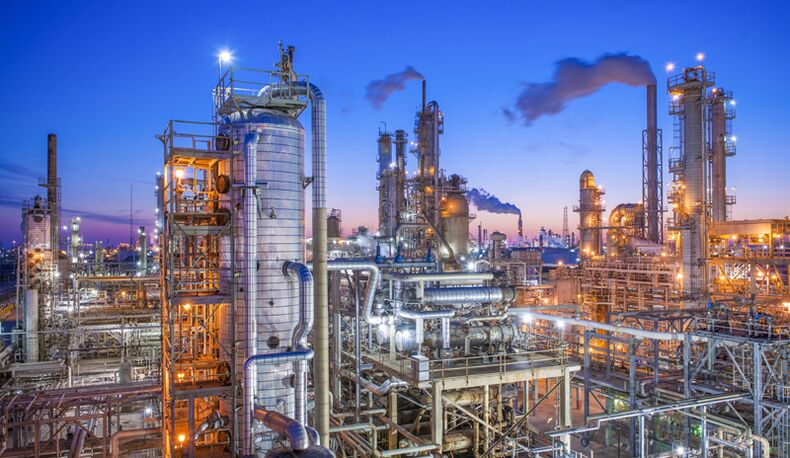Powerful energy complexes are used to serve industrial, agricultural and construction enterprises. Almost 80% of all energy produced in the country is consumed by enterprises. One of the main costs is heating and electricity.

It can be reduced by applying energy-saving technologies in the enterprise. These include equipment upgrades and the use of high-precision devices. Tools are always selected taking into account the characteristics of the industrial enterprise. Thus, devices with a higher degree of protection from external influences are used for heating and energy and oil industry enterprises.
Popular ways to make money: the main directions
The main technological activities include:
- Replacing equipment with energy-saving ones, from lamps to heat exchangers and variable frequency motors.
- Increased productivity in the process of energy production: for example, the installation of condensate equipment.
- Launch of "ecological" alternative energy projects (solar, water, wind).
- Launch of monitoring and management systems of consumed sources.
Studies and collected statistics claim that 90% of energy losses are related to completely irrational consumption, but only about 10% is lost in the process of transportation and transmission. Therefore, the main directions in energy-saving technologies are closely linked with the optimization of the use of heat and electricity. All such activities have a payback period: specialists can easily calculate the economic feasibility of implementing certain processes or purchasing new equipment.
Technical activity
These are technical measures that effectively reduce the amount of energy consumed by both heat and electricity. These are expensive and time consuming, may require significant investment at an early stage, but give good results (and material savings). Such measures include:
- installation of measuring units, flow meters: allows to identify hidden losses and reduce costs by 20-30%;
- installation of small boilers for needs away from the central highway, areas: helps to eliminate heat loss during transport;
- application of a frequency control system for ventilation, pumping systems, electric motors for other facilities operating without a constant load;
- installation of starting relays for lamps and replacement of obsolete lamps with energy-saving lamps;
- to obtain energy by processing secondary raw materials directly in production (thus reducing the cost by 4 times);
- thermal insulation of the room;
- installation and commissioning of solar panels;
- use of organic fuel in boiler houses.
Also, do not forget to regularly inspect and repair all pipelines, cable networks and other elements of engineering systems, which will reduce losses. In addition, gas, water and power supply systems must be equipped with modern sensitive regulators and measuring devices. These are the activities that are actively carried out in modern enterprises.
If we talk about the latest energy-saving developments, they include vortex-type thermogenerators, heat exchangers in ventilation systems (additional refrigerator or radiator type), solar panels and solar collectors. Most advanced technologies are very expensive for mass use. The only exceptions are LED lighting and the operation of rotating wind turbines.
























